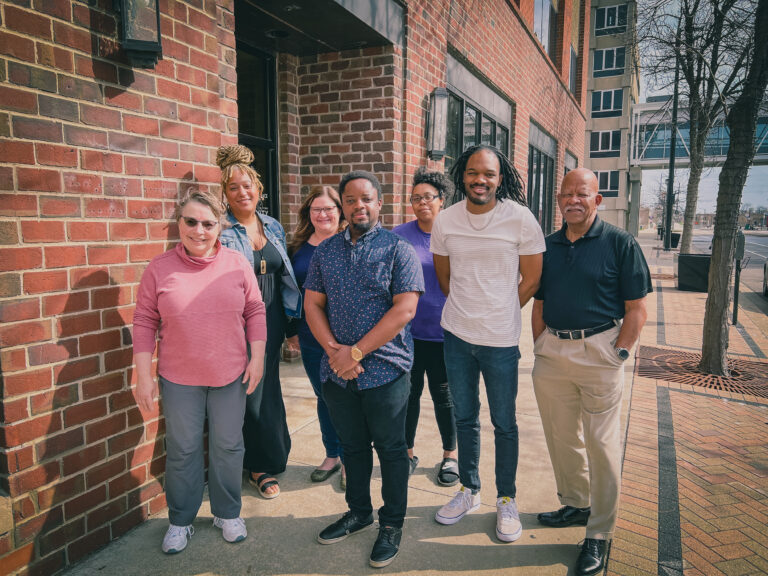A project to rejuvenate a city park in Valdosta, Ga. gave the low-income community around it more than just a spruced-up new place to gather and play. It also gave residents a fresh look at what it means to be involved in neighborhood decision-making from the ground up.
The project at Tom Park, in the Tom Town neighborhood, came about after residents, on surveys and in focus groups organized through Valdosta-Lowndes County Habitat for Humanity’s feedback initiative, supported by Fund for Shared Insight, identified cleaning up the park as a priority among improvements they wanted to see in their area. Within months of that feedback process, with small grants and donations from the city and area businesses, volunteers cleaned the park and installed new features, including “eduscapes” for kids, play areas with concrete slabs painted with giant maps and games, like hopscotch.
Use of the park has soared, says Valdosta-Lowndes County Habitat’s executive director, Molly Ferrier, with residents continuing to clean and tend the area, making it a proud centerpiece of the neighborhood. The experience, she says, has been very different from when a group from outside Tom Town arrived one day to plant a garden near the park.
“They were, like, here you go residents,” Molly says. “A garden is a nice thing, but it wasn’t what people were interested in at the time, or even knew was being built, so it didn’t get much attention, and it was pretty much gone in six months.”
With Tom Park, she says, residents have taken ownership — and taken away inspiration. Newly motivated, she says, some residents are participating in city-led efforts to revitalize Tom Town, including plans for mixed-income housing.
Vanassa Flucas, the city of Valdosta’s director of neighborhood development, says planning meetings and community outreach about the Tom Town projects have been going on for a few years, but it’s been only recently, she adds, that residents have become more fully invested in the process.
“I think with Habitat and Tom Park, they saw that they were asked for their opinions and their feedback didn’t go into oblivion,” she says. “Their opinions made that park happen, and maybe they see now that their opinions can help make other things that they care about happen, too.”







